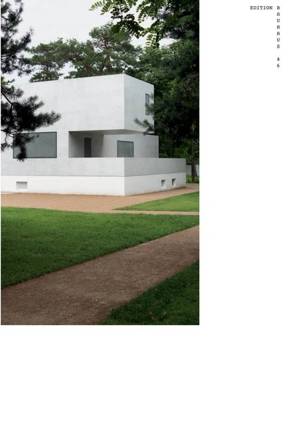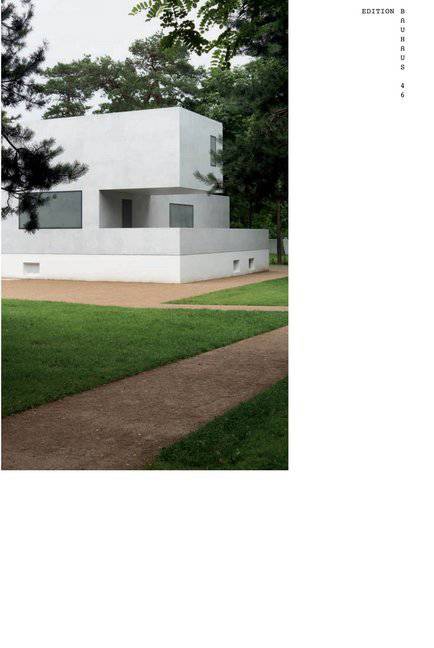
- Retrait gratuit dans votre magasin Club
- 7.000.000 titres dans notre catalogue
- Payer en toute sécurité
- Toujours un magasin près de chez vous
- Retrait gratuit dans votre magasin Club
- 7.000.0000 titres dans notre catalogue
- Payer en toute sécurité
- Toujours un magasin près de chez vous
The New Masters' Houses in Dessau, 1925-2014
Debates, Positions, Contexts: Edition Bauhaus 46
Stiftung Bauhaus DessauDescription
When Dessau was bombed in early 1945, the Bauhaus Masters' Houses, the epitome of the 20th-century artists' colony, were reduced to rubble as well.
After the main Masters' Houses were restored to their original state in the 1990s, Walter Gropius's Director's House and László Moholy-Nagy's Master's House were still in ruins, and a debate began over their reconstruction. What was the relevance of these structures at the turn of a new century? In 2010, after consultation with the British architect David Chipperfield, the decision was made to reinterpret the House Gropius and House Moholy-Nagy using contemporary means, rather than rebuilding them as 1:1 reconstructions.
The Berlin firm Bruno-Fioretti-Marquez was commissioned to design new Masters' Houses. These new structures use the same formal vocabulary of simple, functional forms and right angles as the original Bauhaus buildings, but update these for the 21st century through selective reduction and abstraction. The project represents a unique, thoughtful engagement with the problems of architectural reconstruction grounded in criticality and creativity rather than blind reverence. The New Masters' Houses in Dessau, 1925-2014 describes the checkered history of the Dessau Masters' Houses and presents the reconstructed buildings for the first time in book form, with photographs by Armin Linke and Heidi Specker.
Spécifications
Parties prenantes
- Auteur(s) :
- Editeur:
Contenu
- Nombre de pages :
- 352
- Langue:
- Anglais
- Collection :
- Tome:
- n° 46
Caractéristiques
- EAN:
- 9783944669731
- Date de parution :
- 22-08-17
- Format:
- Livre relié
- Format numérique:
- Genaaid
- Dimensions :
- 190 mm x 279 mm
- Poids :
- 1315 g

Les avis
Nous publions uniquement les avis qui respectent les conditions requises. Consultez nos conditions pour les avis.






